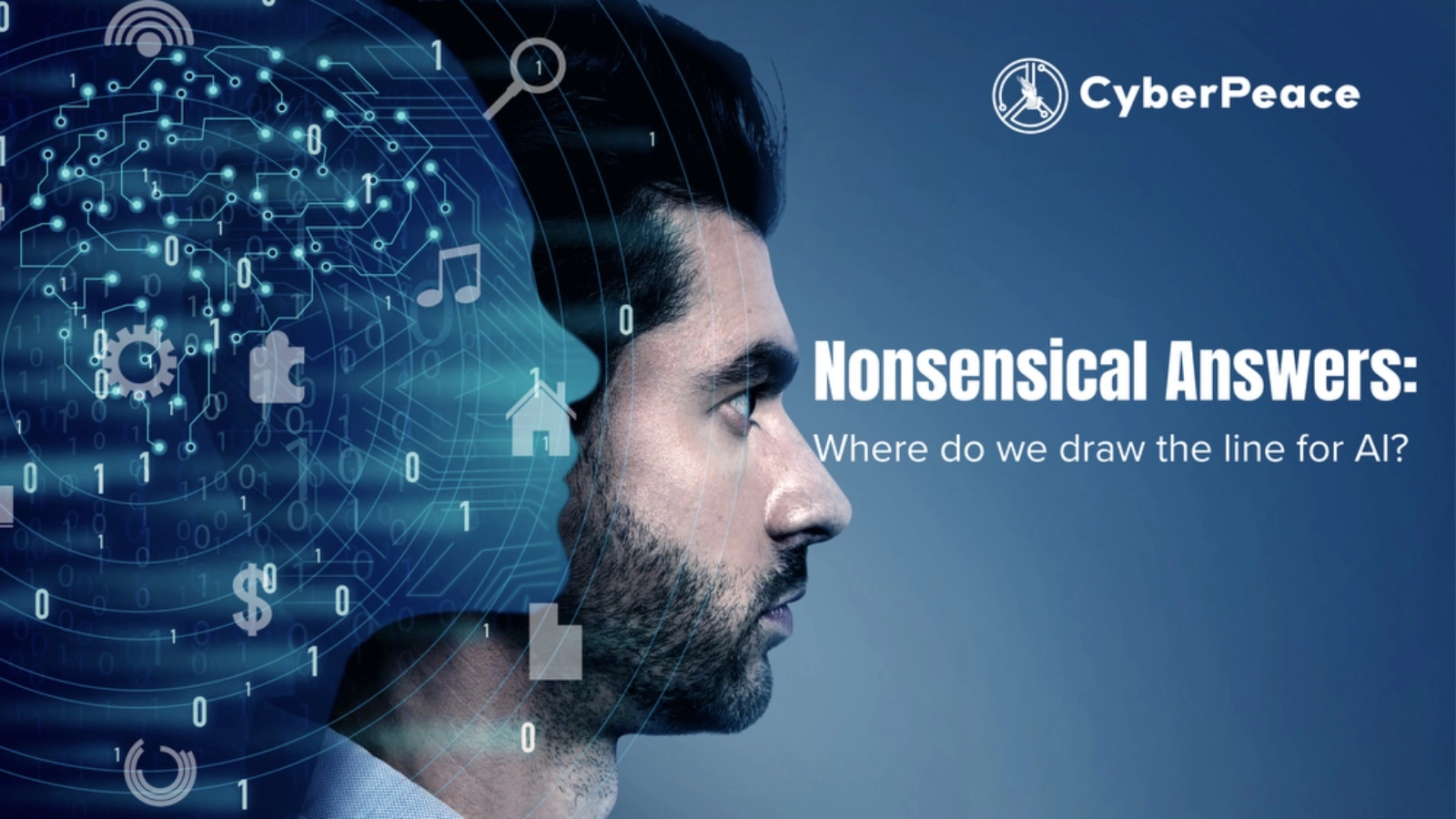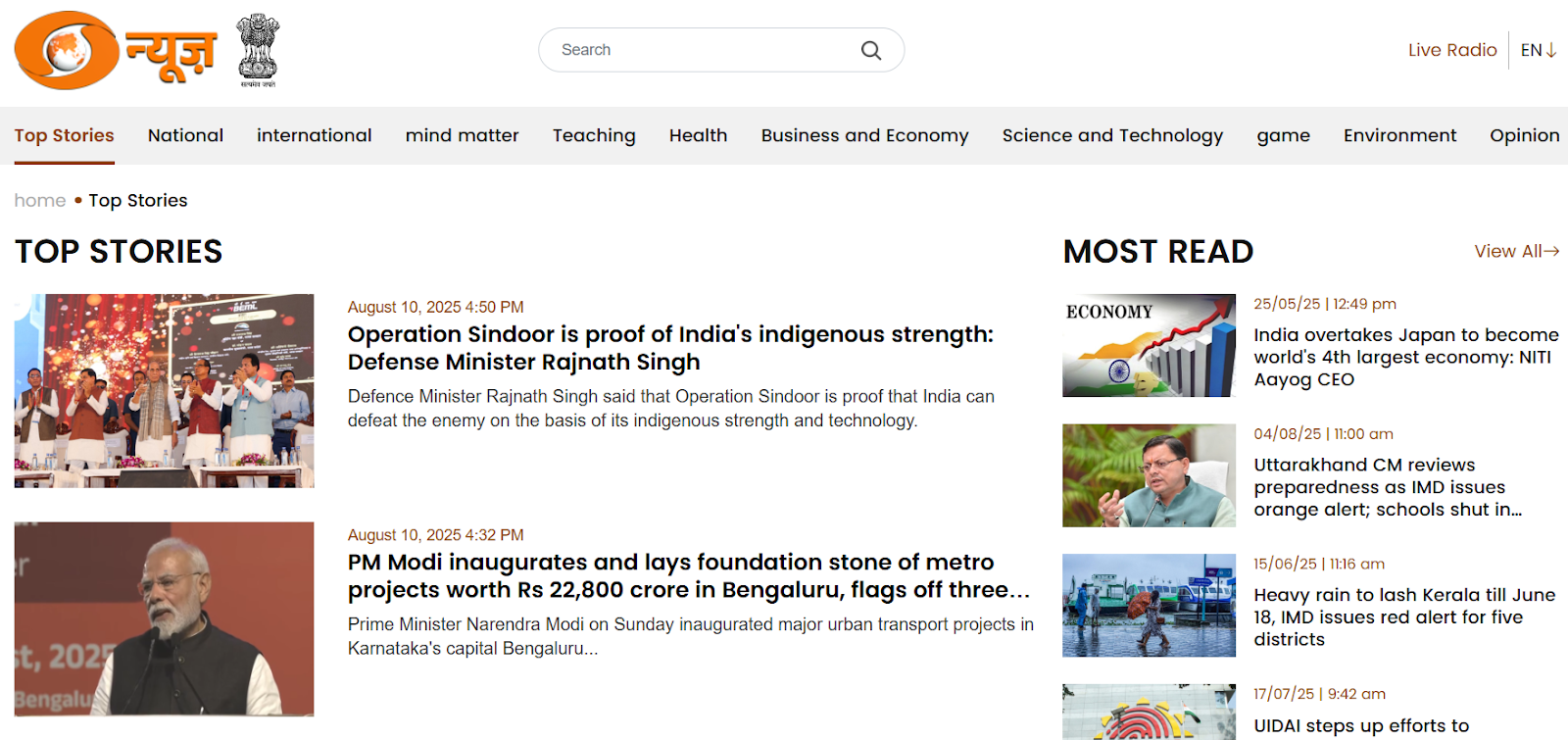Skyborne Threats
Introduction
The advancement of technology has brought about remarkable changes in the aviation industry, including the introduction of inflight internet access systems. While these systems provide passengers with connectivity during their flights, they also introduce potential vulnerabilities that can compromise the security of aircraft systems.
Inflight Internet Access Systems
Inflight internet access systems have become integral to the modern air travel experience, allowing passengers to stay connected even at 30,000 feet. However, these systems can also be attractive targets for hackers, raising concerns about the safety and security of aircraft operations.
The Vulnerabilities of Inflight Internet Access Systems:
Securing Networked Avionics
Avionics, the electronic systems that support aircraft operation, play a crucial role in flight safety and navigation. While networked avionics are designed with robust security measures, they are not invulnerable to cyber threats. Therefore, it is essential to implement comprehensive security measures to protect these critical systems.
- Ensuring Robust Architecture: Networked avionics should be designed with a strong focus on security. Implementing secure network architectures, such as segmentation and isolation, can minimise the risk of unauthorised access and limit the potential impact of a breach.
- Rigorous Security Testing: Avionics systems should undergo rigorous security testing to identify vulnerabilities and weaknesses. Regular assessments, penetration testing, and vulnerability scanning are essential to proactively address any security flaws.
- Collaborative Industry Efforts: Collaboration between manufacturers, airlines, regulatory bodies, and security researchers is crucial in strengthening the security of networked avionics. Sharing information, best practices, and lessons learned can help identify and address emerging threats effectively.
- Continuous Monitoring and Updtes: Networked avionics should be continuously monitored for any potential security breaches. Prompt updates and patches should be applied to address newly discovered vulnerabilities and protect against known attack vectors.
Best practices to be adopted for the security of Aircraft Systems
- Holistic Security Approach: Recognizing the interconnectedness of inflight internet access systems and networked avionics is essential. A holistic security approach should be adopted to address vulnerabilities in both systems and protect the overall aircraft infrastructure.
- Comprehensive Security Measures: The security of inflight internet access systems should be on par with any other internet-connected device. Strong authentication, encryption, intrusion detection, and prevention systems should be implemented to mitigate risks and ensure the integrity of data transmissions.
- Responsible Practices and Industry Collaboration: Encouraging responsible practices and fostering collaboration between security researchers and industry stakeholders can accelerate the identification and remediation of vulnerabilities. Open communication channels and a cooperative mindset are vital in addressing emerging threats effectively.
- Robust Access Controls: Strong access controls, such as multi-factor authentication and role-based access, should be implemented to limit unauthorised access to avionics systems. Only authorised personnel should have the necessary privileges to interact with these critical systems.
Conclusion
Inflight internet access systems bring convenience and connectivity to air travel but also introduce potential risks to the security of aircraft systems. It is crucial to understand and address the vulnerabilities associated with these systems to protect networked avionics and ensure passenger safety. By implementing robust security measures, conducting regular assessments, fostering collaboration, and adopting a comprehensive approach to aircraft cybersecurity, the aviation industry can mitigate the risks and navigate the sky with enhanced safety and confidence. Inflight internet access systems and networked avionics are vital components of modern aircraft, providing connectivity and supporting critical flight operations. Balancing connectivity and cybersecurity is crucial to ensure the safety and integrity of aircraft systems.











